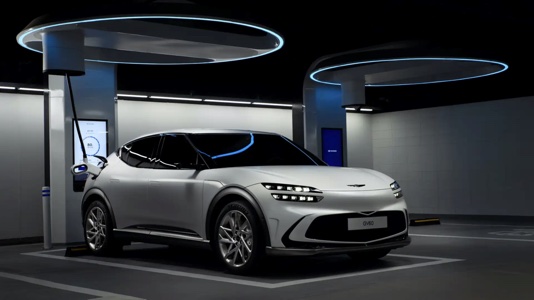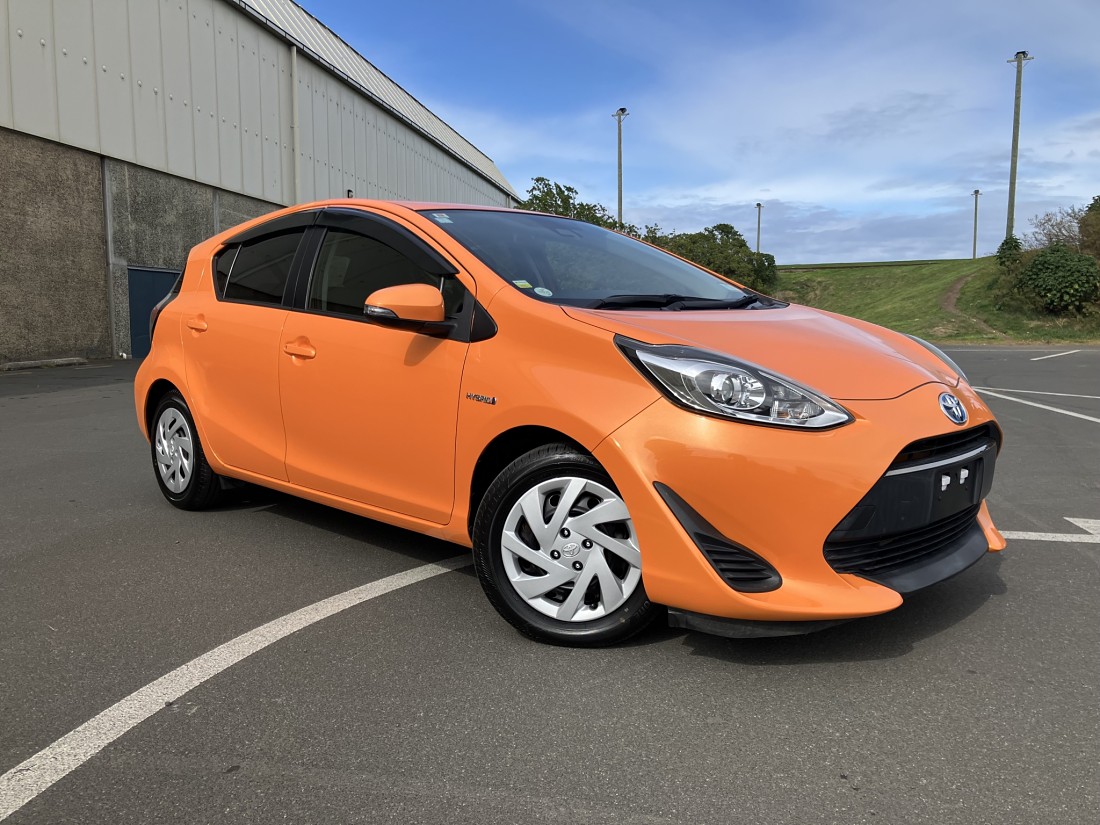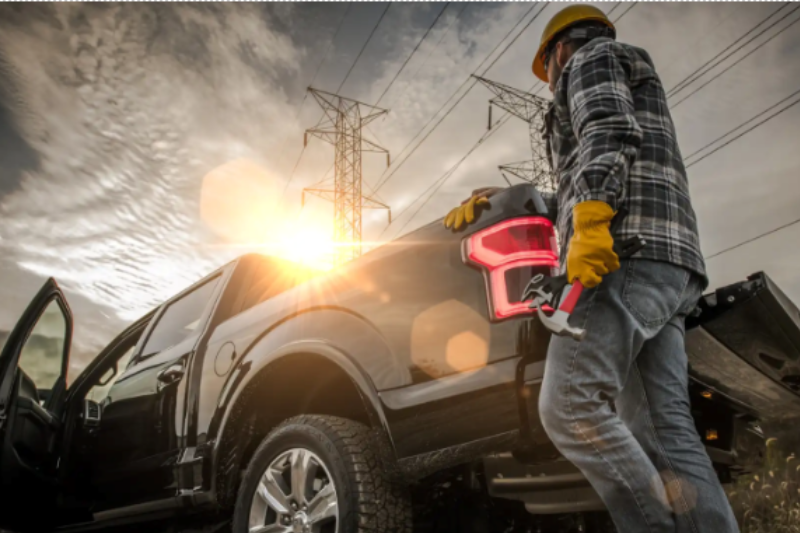
In the race toward a sustainable automotive future, electric vehicles (EVs) aren’t just changing the game; they’re rewriting the playbook. While the transition from internal combustion engines to EVs might seem daunting, it’s an inevitable shift that promises to reshape how we drive, charge, and think about automobiles.
Come with us as we explore some of the electric vehicle innovations set to supercharge EV cars in NZand across the world in the coming years.
Solid-State Batteries: A Power Play for the Future
Solid-state batteries are the enigmatic solution on the EV horizon. They are the next leap in battery technology, revolutionising how EVs store and use energy. Unlike traditional lithium-ion batteries that rely on liquid electrolytes, solid-state batteries employ solid conductive materials, enhancing both performance and safety.
While real-world applications are still in their infancy (with Nio leading the charge), their potential is nothing short of revolutionary. Picture higher energy density, expanded driving ranges, and the ability to function seamlessly across diverse temperatures. What’s even better? They’re eco-friendly, requiring fewer rare metals for production. And let’s not forget the safety factor: no more fretting over extinguishing lithium-ion battery fires amidst a crowded parking lot of EVs!
The Manual Gearbox Revival
While most EVs thrive sans multiple gears, the allure of a manual transmission isn’t lost on hardcore enthusiasts. Despite EVs typically favouring single-speed setups, manual transmissions are set to make a comeback as more manufacturers consider manual transition options. This renaissance caters to enthusiasts seeking that tactile connection between driver and machine.
This innovation offers nuanced advantages. While electric motors inherently deliver seamless power, a manual transmission can amplify top speeds and performance in targeted situations. Despite the initial counterintuitive impression, introducing manual gearboxes unlocks the potential for optimised acceleration, enhancing torque delivery precisely where needed. EV innovation sometimes means blending the old with the new for an electrifying driving experience.
Power Management: The Backbone of EV Efficiency
ehind every efficient EV lies a robust battery management system (BMS). This tech marvel orchestrates the charging and discharging rates across the battery pack, optimising its overall performance. Modern battery management systems have come leaps and bounds from their predecessors in recent years. They monitor individual cell voltages and temperatures, ensuring uniform charging and discharging rates while safeguarding against hazards like overcharging or overheating. But its role extends beyond mere control; the BMS optimises battery health, prolonging its lifespan by preventing degradation and maintaining peak performance over time.
Real-time analytics and diagnostics empower EVs with predictive capabilities, offering insights into usage patterns and battery health, which are crucial for reliability and safety during extended journeys. This integrated technology ensures efficient energy utilisation while enhancing safety, longevity, and performance, cementing the modern BMS as one of the key electric vehicle innovations in recent history.

Vehicle-to-Grid: EVs as Powerhouses
With EVs packing more punch in their batteries, they’re morphing into portable energy hubs. Vehicle-to-Grid (V2G) technology, championed by companies like Chevy and Ram, enables bidirectional power flow, transforming cars into energy assets. Now, EVs can discharge electricity back to the grid or supply homes during outages, emphasising their role as more than just commuters.
With V2G, your car becomes an integrated part of the power ecosystem, offering flexibility, resilience, and potential cost savings by using the stored energy for your household needs, marking a significant step towards a future of sustainable and decentralised energy solutions.
Battery Swap Stations: Speeding Up Refuelling
Nio’s battery swap stations represent a revolutionary stride in EV recharging, reducing downtime to a remarkable 3 minutes. This electric vehicle innovation breaks the time barrier associated with conventional charging methods. However, its success hinges on ongoing advancements in battery technology, which could further optimise the process.
The beauty lies in decoupling the vehicle’s lifespan from the battery’s, enhancing recycling prospects. This swap system also mitigates strain on charging infrastructure, offering a pragmatic solution amid growing EV demands. While reliant on evolving technology, Nio’s swift, efficient stations mark a pivotal step toward convenient, almost instantaneous, recharging in the EV landscape.
Electrified Roads: Charging Beyond Cables
The concept of electrified roads and wireless charging offers a tantalising glimpse into a future devoid of range anxieties. Picture a future where roads themselves become charging conduits, eradicating range anxieties.
This groundbreaking innovation proposes an end to traditional cable-bound charging. Not only does this concept alleviate range concerns, but it also redefines travel, offering continuous charging while in motion. While distant and still largely theoretical, the vision of electrified roads heralds a paradigm shift in EV charging dynamics.
Join the Electric Revolution Today
EVs aren’t just about transportation; they’re catalysts for a new era. The electric vehicle innovations showcased here paint a vivid picture of a future where sustainability, efficiency, and innovation converge.
If you’re looking to buy a car in NZ, why not join the electric revolution and make it an EV? At Portage Cars, we have a range of EVs and hybrids perfect for you; explore our collection online.


